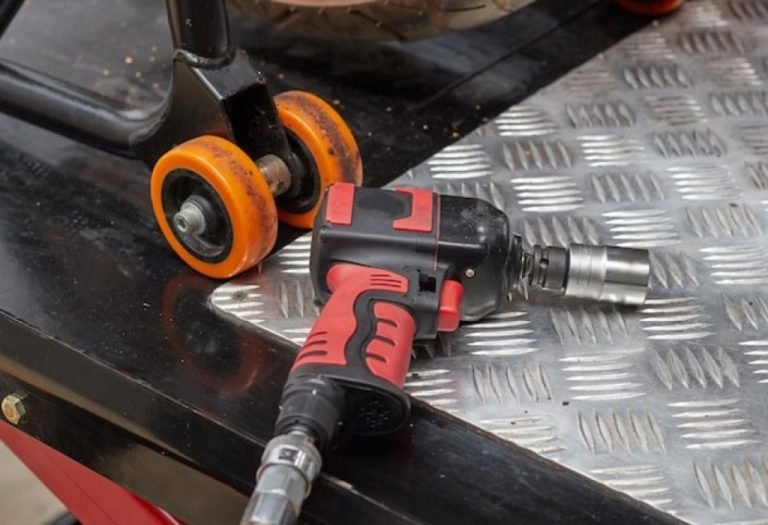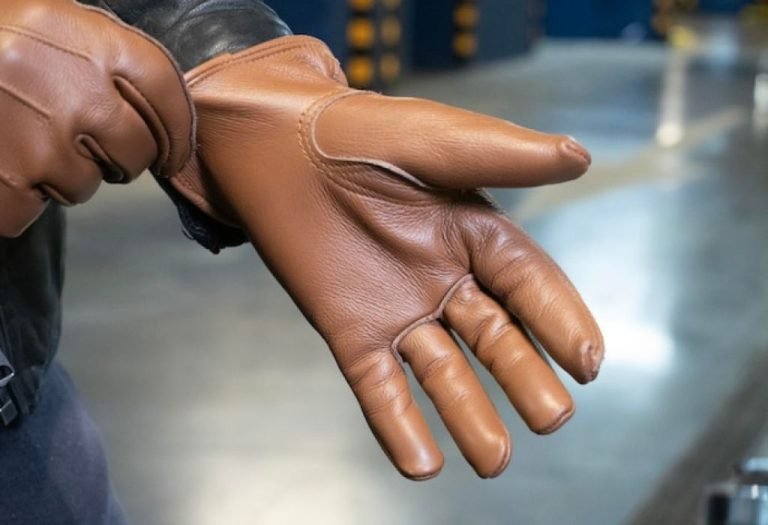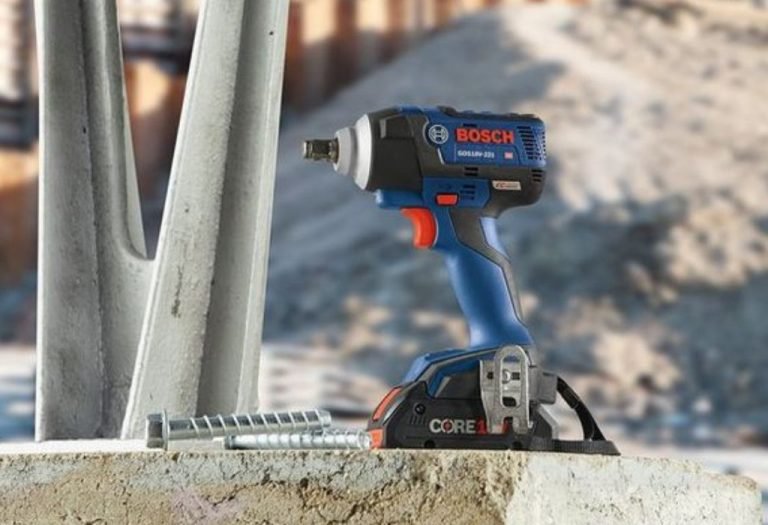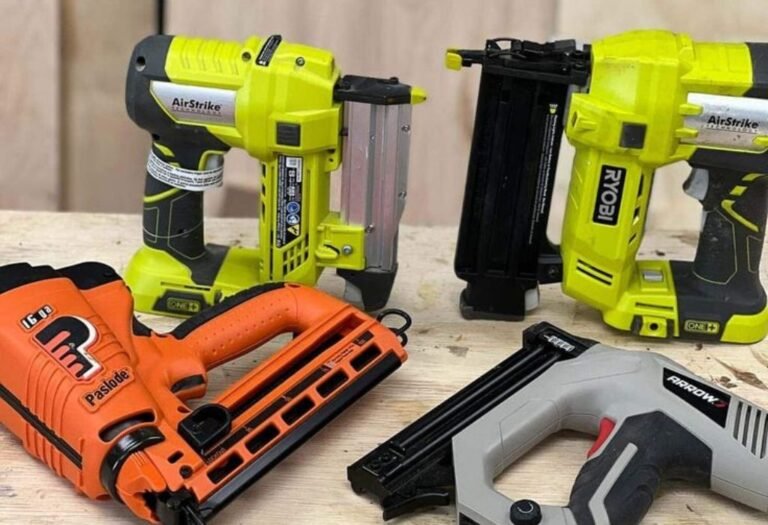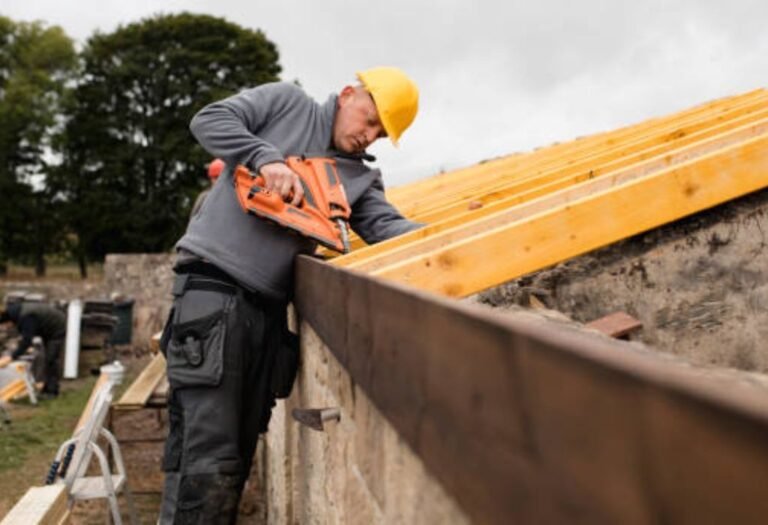How to Use a Magnetic Stud Finder: Step-by-Step Guide
A homeowner decides to hang a heavy shelf in the living room and grabs a drill, confident about where to start. Moments later, the bit slips through drywall without hitting a stud, leaving a hole and frustration.
This situation happens often when people guess stud locations instead of using the right tool. The simple question becomes how to use magnetic stud finder effectively to avoid mistakes.
Magnetic stud finders are basic yet reliable devices. They work by detecting nails or screws fastened to studs behind the wall.
Unlike electronic stud finders, they require no batteries and are simple to operate. Their accuracy makes them a popular choice for DIY homeowners.
Guessing the location of studs can lead to costly wall repairs. A misplaced drill hole can cost $150 to $500 to fix depending on the material (HomeAdvisor).
There is also a safety concern when hanging heavy objects without proper support. The Consumer Product Safety Commission reports that falling household objects cause nearly 20,000 injuries every year in the U.S. (CPSC).
These numbers highlight why a stud finder is an essential tool. Magnetic versions are particularly useful because of their simplicity and affordability.
Learning how to use one properly ensures shelves, TVs, and wall fixtures are securely mounted. It also saves time by reducing trial and error.
This guide explains step-by-step how to use magnetic stud finder, including tips, mistakes to avoid, and when to consider electronic alternatives. By the end, you will be confident in detecting studs safely and mounting objects without worry.
What Is a Magnetic Stud Finder?

A magnetic stud finder is a handheld tool that detects metal fasteners such as screws or nails in wall studs. It uses strong magnets to sense these hidden materials beneath drywall.
Unlike electronic stud finders, it does not scan for density but relies on magnetic attraction. This makes it reliable for drywall but less effective on thicker or layered walls.
What does a magnetic stud finder detect?
It finds nails and screws attached to studs.
Does it need batteries?
No, it works without power.
Is it accurate?
Yes, when used on drywall surfaces.
Can it detect wiring?
No, it only locates metal fasteners.
How to Use Magnetic Stud Finder – Step by Step
Place the magnetic stud finder flat against the wall surface. Move it slowly side to side in a horizontal line.
When the magnet pulls strongly, it means a nail or screw is nearby. Mark the spot with a pencil for reference.
Repeat the process vertically to locate the stud’s length. Confirm by checking more than one fastener point.
Where do I start scanning?
Begin near corners, outlets, or switches.
What does a strong pull mean?
It indicates a nail or screw in a stud.
Should I move slowly?
Yes, moving too fast may miss signals.
Do I need to confirm with multiple passes?
Yes, always check more than one point.
Tips for Accurate Stud Detection
Accuracy improves with slow, careful scanning. Move the tool in both horizontal and vertical directions for confirmation.
Studs are usually spaced 16 or 24 inches apart. Once you find one, use that spacing to predict the next.
Use chalk, painter’s tape, or a pencil to mark stud locations clearly. Always check at least two points before drilling.
How far apart are studs normally?
They are 16 or 24 inches on center.
Should I rely on one reading?
No, confirm at multiple points.
Can I use a level with a stud finder?
Yes, to ensure vertical accuracy.
Do magnetic stud finders work through plaster?
Not as effectively as drywall.
Common Mistakes When Using Magnetic Stud Finders

One of the biggest mistakes is moving the finder too quickly. The magnet may not have time to react to hidden fasteners.
Another error is assuming every detected nail is part of a stud. Random metal objects in walls can give false positives.
Failing to confirm stud spacing is also a problem. Always check if readings align with typical construction patterns.
Why is speed a mistake?
Fast sweeps may skip weak signals.
Can pipes or wires confuse the finder?
Yes, if they contain metal components.
Is one nail enough proof of a stud?
No, multiple points must confirm it.
What if I drill after one detection?
You risk missing the stud and damaging the wall.
When a Magnetic Stud Finder May Not Work
Thicker wall materials can interfere with magnets. Plaster and lath walls are especially difficult because of their density.
Stucco or walls with metal mesh confuse the tool and give false results. Tile and paneling also make detection unreliable.
In these cases, electronic stud finders or advanced scanners are better alternatives. They detect density changes rather than just metal.
Do magnetic stud finders work on plaster?
Not well, due to the material thickness.
Can they detect studs under tile?
No, tile blocks magnetic pull.
What about metal mesh walls?
They cause inaccurate readings.
Should I upgrade for complex walls?
Yes, use an electronic finder instead.
Safety Considerations Before Drilling
Never assume walls are free of hazards. Electrical wires often run vertically or horizontally behind drywall.
Avoid drilling directly above or below outlets and switches. Pipes may also run through exterior and bathroom walls.
Always wear goggles and gloves when drilling. Use a small pilot hole to confirm before making a larger one.
Can magnetic stud finders detect wires?
No, they only detect nails and screws.
Should I drill near outlets?
No, wires may be present in those areas.
Why use a pilot hole?
It confirms the stud and prevents large damage.
Do I need goggles when drilling?
Yes, for protection from debris.
Market Trends in Stud Finders
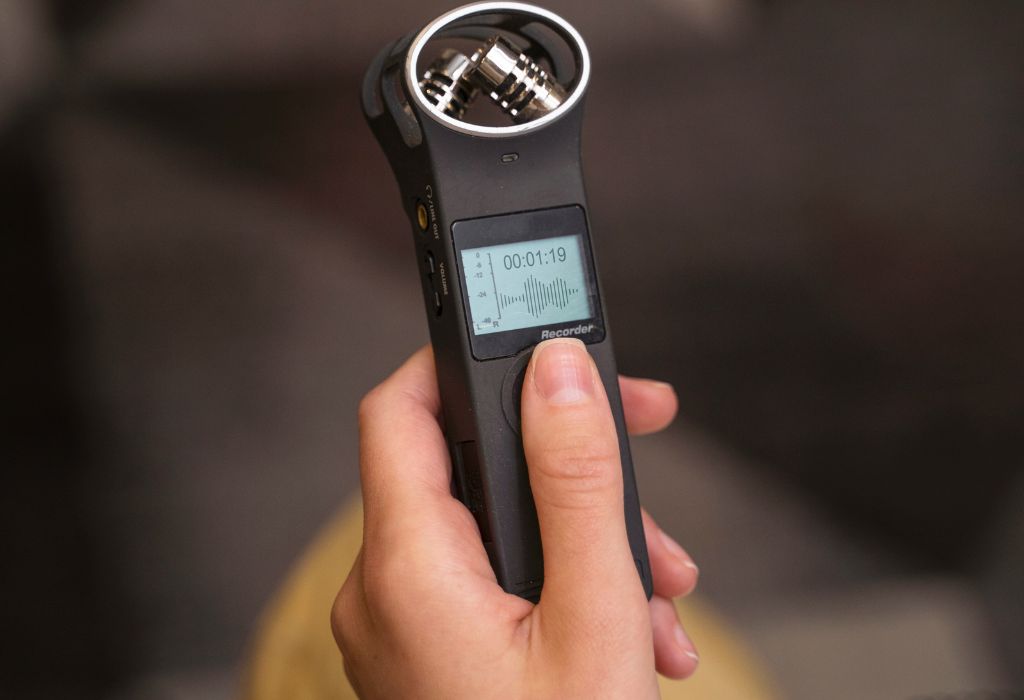
Magnetic stud finders remain popular for affordability and simplicity. They are favored by DIYers who only need basic detection.
Many manufacturers now produce dual-mode stud finders. These combine magnetic and electronic functions for better accuracy.
Smartphone-compatible stud finders are also gaining traction. They use magnetic sensors paired with apps for digital readings.
Are magnetic stud finders still popular?
Yes, they are budget-friendly and reliable.
Are combo stud finders better?
Yes, they offer more precise results.
Do people prefer battery-free tools?
Yes, many like the simplicity.
Are smartphone stud finders real?
Yes, they work with accessory attachments.
Conclusion
The answer to how to use magnetic stud finder is to place it flat, scan slowly, and confirm multiple points. Mark the fasteners and verify spacing before drilling.
These tools are best for drywall but less effective on plaster, stucco, or tile walls. For complex projects, electronic stud finders provide better accuracy.
By following correct steps and avoiding mistakes, you can mount shelves, TVs, or wall décor safely and securely. A magnetic stud finder remains one of the simplest and most affordable

I’m Michael R. Turner, the founder, lead writer, and passionate DIY enthusiast behind 101diytools.com. With years of hands-on experience in home improvement and power tools, I built this platform to share practical tips, in-depth guides, and honest reviews to help DIYers of all skill levels tackle projects with confidence and the right tools.

